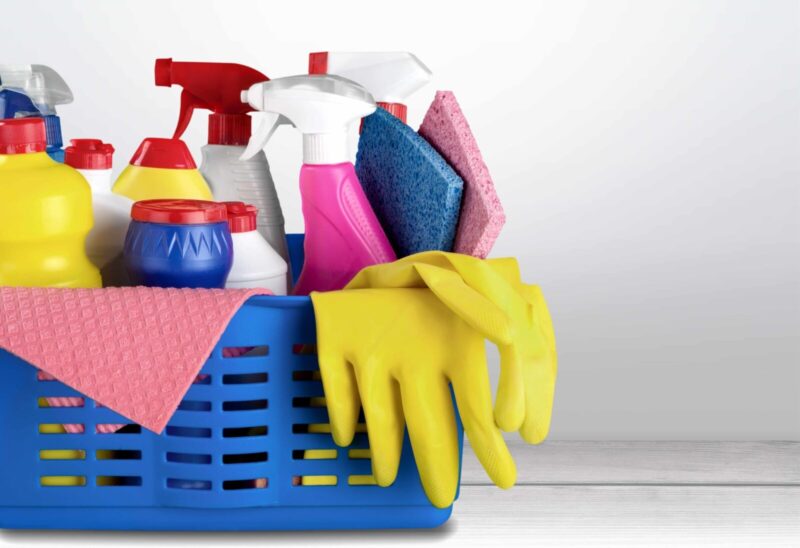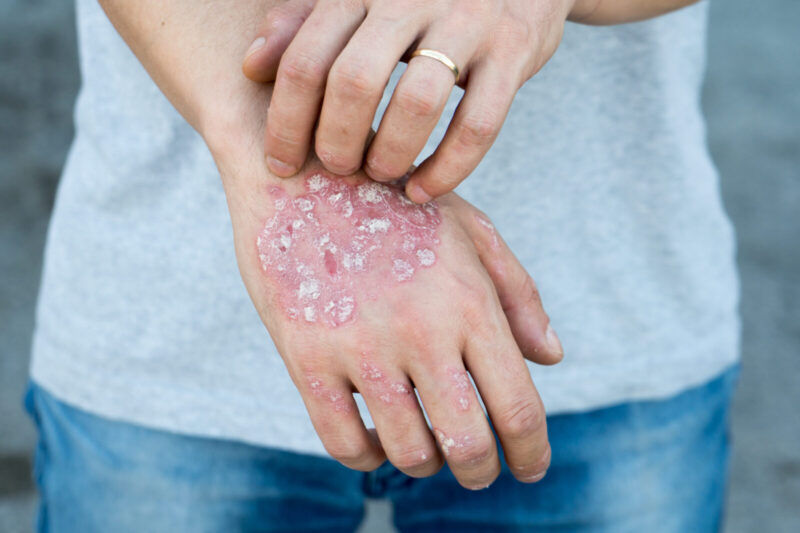In today’s fast-paced world, our homes are meant to be our sanctuaries, places where we can unwind and breathe easy after a long day. But what if the very air we’re breathing indoors is laden with pollutants and toxins, all thanks to the cleaning products we trust to keep our spaces spotless?
In today’s fast-paced world, our homes are meant to be our sanctuaries, places where we can unwind and breathe easy after a long day. But what if the very air we’re breathing indoors is laden with pollutants and toxins, all thanks to the cleaning products we trust to keep our spaces spotless? This is a concern that has been steadily growing in recent years, as more and more research sheds light on the hidden dangers of common household cleaning chemicals. In this article, we, as experts in the field of indoor air quality and SEO, will delve deep into the topic of how cleaning chemicals impact indoor air quality and provide you with valuable insights to help you make informed choices.
Understanding the Air, We Breathe

Before we dive into the world of cleaning chemicals, it’s essential to grasp the significance of indoor air quality. Most people spend most of their time indoors, whether it’s at home or in the workplace. What they might not realize is that indoor air can be significantly more polluted than the air outdoors. The reason behind this alarming fact lies in the various pollutants that can accumulate within our homes, including dust, pet dander, mold spores, and yes, the chemicals found in cleaning products.
The Hidden Hazards of Cleaning Chemicals
Chemical compounds, many of which are used in household cleaning products, can have a profound impact on indoor air quality. These chemicals, although effective at removing stains and killing germs, can release volatile organic compounds (VOCs) into the air. VOCs are harmful gases that can cause a range of health issues when inhaled over time. These issues may include:
1. Respiratory Problems
Exposure to VOCs from cleaning products has been linked to respiratory problems, such as coughing, wheezing, and exacerbation of asthma symptoms. For individuals with pre-existing respiratory conditions, the effects can be even more severe.
2. Allergies and Skin Irritation

Certain cleaning chemicals contain allergens and irritants that can trigger allergies and skin reactions. These reactions can range from mild itching to severe dermatitis.
3. Long-Term Health Effects
Studies have suggested that prolonged exposure to VOCs can lead to long-term health issues, including damage to the liver, kidneys, and the central nervous system. Some VOCs are even classified as carcinogens, increasing the risk of cancer.
Making Informed Choices
Now that we’ve established the potential risks associated with cleaning chemicals, let’s discuss how you can make informed choices to improve your indoor air quality.
1. Read Labels Carefully
Before purchasing any cleaning product, read the labels carefully. Look for products that are labeled as “low VOC” or “VOC-free.” These products are designed to minimize the release of harmful gases into the air.

2. Choose Green Cleaning Alternatives
Consider switching to green cleaning alternatives. These products are typically made from natural ingredients and are less likely to contain harmful chemicals. They are equally effective at keeping your home clean and safe.
3. Proper Ventilation

Ensure proper ventilation while using cleaning products. Open windows and doors to allow fresh air to circulate and help dissipate any VOCs that may be released during cleaning.
4. Use DIY Cleaning Solutions
You can also create your own cleaning solutions using household ingredients like vinegar, baking soda, and lemon juice. These DIY solutions are not only cost-effective but also safer for your health and the environment.
5. Invest in Air Purifiers

Consider investing in an air purifier with a HEPA filter to help remove pollutants from the air. This can be especially beneficial in rooms where cleaning activities are frequent.
Conclusion
In conclusion, the impact of cleaning chemicals on indoor air quality is a topic of growing concern. Understanding the potential risks associated with these chemicals is the first step toward making healthier choices for your home and family. By reading labels, opting for green cleaning alternatives, ensuring proper ventilation, using DIY cleaning solutions, and investing in air purifiers, you can take proactive measures to improve the air quality within your living spaces.
Remember, your home should be a place of safety and tranquillity, and by making informed decisions about the cleaning products you use, you can ensure that the air you breathe behind closed doors is as fresh and clean as possible.


